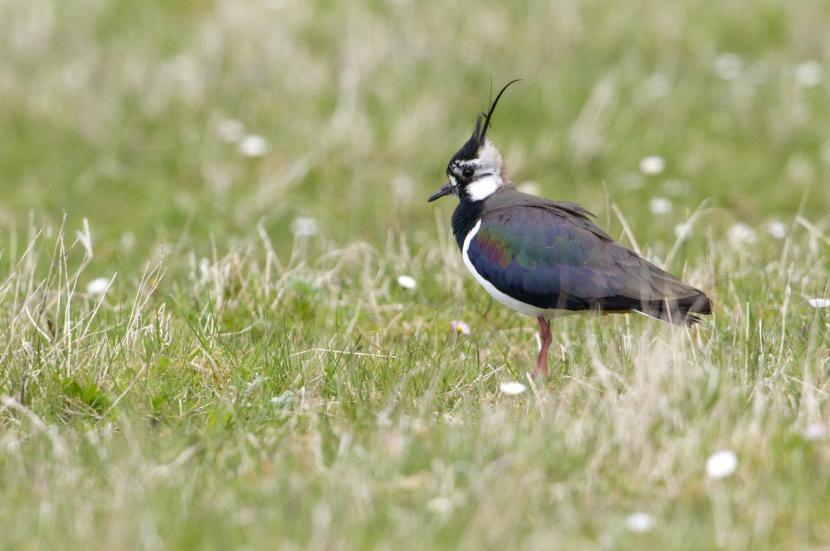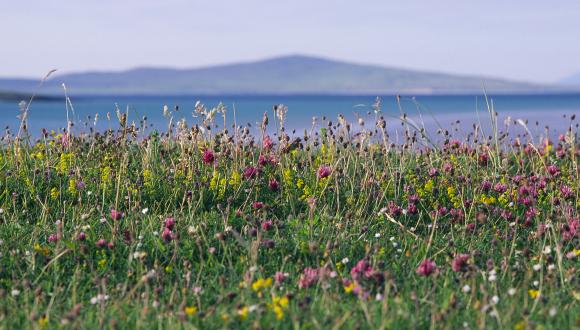
World Gaelic Week 2024
Robyn Ireland, Gaelic Officer, NatureScot.
Seachdain na Gàidhlig, World Gaelic Week, is upon us, with community initiatives, projects and events running across the country from 19 to 25 February in celebration of the language.
The Gaelic language is a treasure trove of evocative and insightful names for Scotland’s plants, animals and landscapes, and its heritage carries a wealth of stories, songs, customs and beliefs about our natural surroundings. An understanding and appreciation of this, passed through the generations from a time when people were deeply connected to their environment, can enrich our knowledge of Scotland’s nature and our relationship to it.
At Species on the Edge, we are committed to using and promoting Gaelic. To date we have done this through bilingual media releases, media interviews in Gaelic, Gaelic language events and active engagement with Gaelic speaking stakeholders. This World Gaelic Week we are delighted to continue honouring and celebrating this commitment at the Islay Bird Festival. On 21 – 22 February, we will be hosting a series of events on Islay alongside RSPB Scotland and the Islay Gaelic Centre, celebrating Islay’s natural heritage and its connection to local culture and language. To learn more about the Islay Bird Festival and to see what’s on, head over to their website. And for those of us not able to join in on festivities on Islay, we will be giving Gaelic a spotlight on our social media channels throughout World Gaelic Week.
As part of the Species on the Edge programme we have 37 target species – all vulnerable and threatened species found on Scotland’s coasts and islands. You may be familiar with the English names for these species, but how well do you know their Gaelic names? Let’s take a look:

A common Gaelic name for the dunlin is gille-feadaig, meaning ‘servant of the plover’. The small wader takes this name from its habit of shadowing the golden plover (an fheadag). It is thought that the dunlin is protected from predators by the plover’s alarm call. You may also hear the name pollaran, the ‘bird of the mudpits’, and tàrmachan-tràghad, the ‘shore ptarmigan’.

The oysterplant grows on shingle and takes its common English name from the taste of its leaves. Its Gaelic name does not follow suit though, rather it is called tiodhlac na mara. This translates as ‘gift of the sea’.

Riabhag mhonaidh is one Gaelic name for the twite. This moniker is beautifully fitting of the small finch as it literally means ‘slender/delicate creature of the moorland’. According to folklore, if a twite is seen perched and singing on the side of a house, tree or wall, then cold weather is likely to follow.

Some of us may know that the lapwing’s name stems from its flickering flight and that its alternative name, the peewit, mimics its display call. A Gaelic name for this species of plover is curracag. In the olden times, women wore curraicean (‘headdresses’) and the tufts of feathers of the back of the lapwing’s head are said to resemble this.
We hope that this blog has inspired you to learn more about the language. Do take a look at World Gaelic Week’s extensive list of events taking place across Scotland and online this week!




